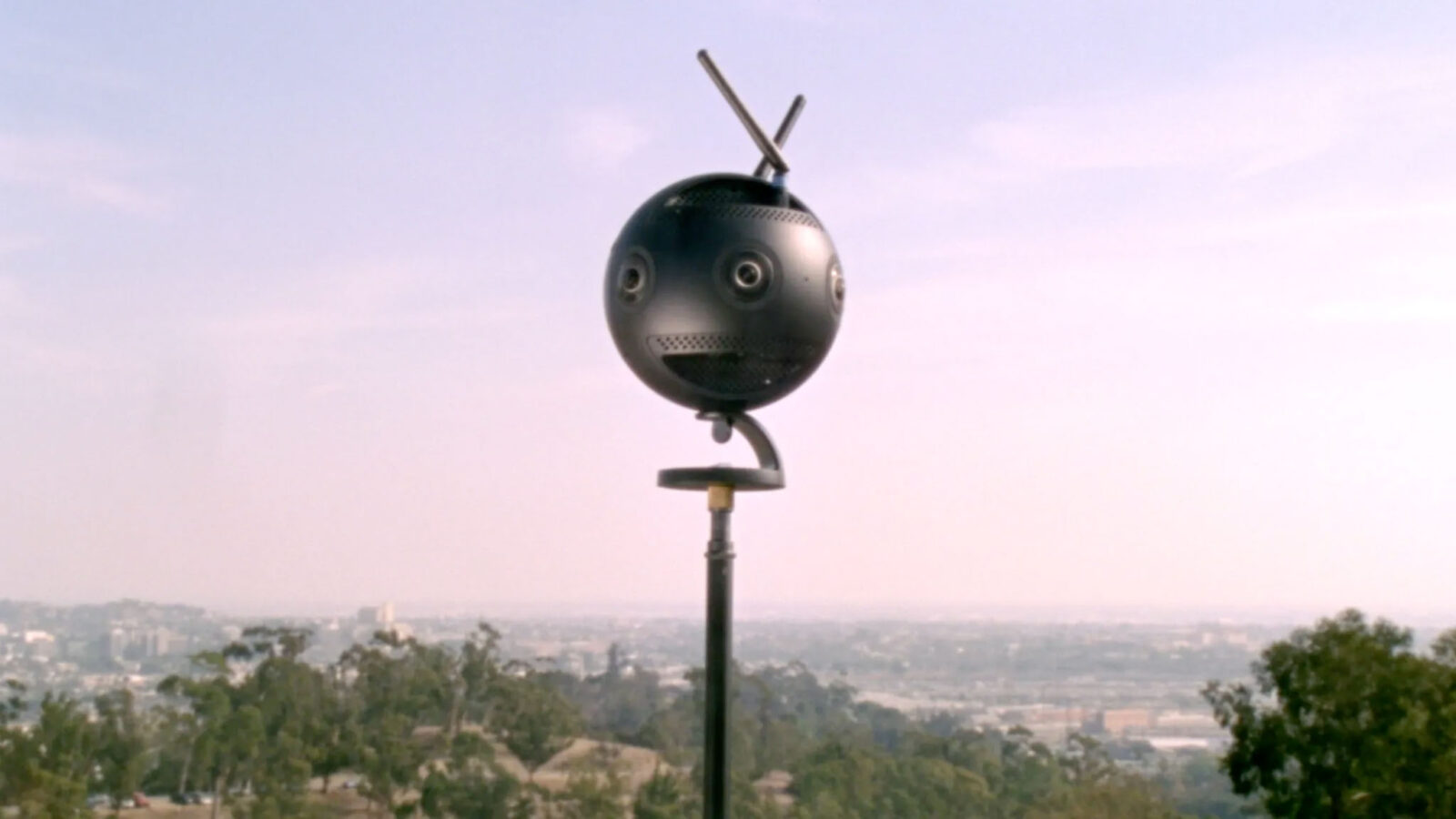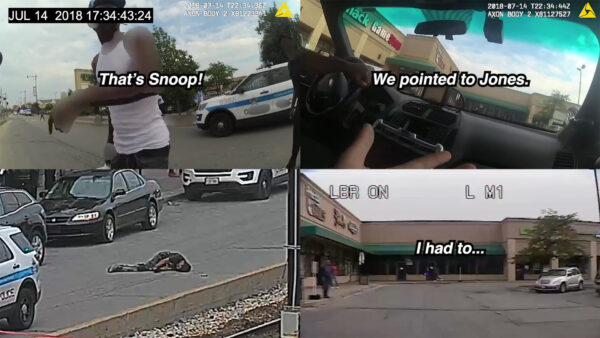Mapping The Unfathomable
Vision of Paradise
Leonardo Pirondi questions human perception and the possibilities of expanding our gaze beyond the realm of the physical, objective world.

Cartography has always been an impressionistic labor. Despite its scientific overtones, a naturalistic register was never a part of the old map-makers’ intent. Their process was a pure exercise in representation, a perceptive reconstruction guided as much by sensory impact as by mathematical calculation. Akin to cinematography, the scale, angle, and degree of detail didn’t come from an objective reality suddenly manifesting into the frame. Each decision was guided by a particular grounding. Political. Epistemological. Spiritual. No matter which, storytelling is integral to cartography.
In each stroke, fears, creedances, and hopes make their way into the cotton parchment. Unknown areas come to life by way of hushed whispers and mythmaking. Faraway lands are characterized by the alluring bounty they sheltered, closer in use to a quest giver than an academic reference. Maps of yore are almost hyperreal in nature. They exalt a point of view, and pass it as generalised perception. They exert hierarchies and delineate only the paths of interest to their creator.
One could easily dismiss the folk essence of old-school cartography as something superseded by the precision of Global Positioning Systems and satellite shots. However, their unfiltered bias and almost esoteric underlining make them bearers of many small and forgotten footnotes that would never see the day with the technocratic and precision-seeking tools of modernity. Their reconstruction of perceived realities holds weight as an almost ethnographical testament, a recollection of cultural idiosyncrasies, ideological standings, and oral tradition. That’s why Leonardo Pirondi’s Vision of Paradise starts zooming into the ornate nautical illustrations of ancient maps.
Amidst the sepia tones and textured material emphasizing illustrations of sea monsters and sailships, even more, fascinating secrets lie. These anomalies are only noticeable with the hindsight of centuries of “objective truths”, jarring visual shocks that jump out and force one to rethink their own knowledge for a couple of seconds. These are called phantom islands. Mysterious and sometimes mythical lands erased from history after some centuries, when they’re never actually found. Their inclusion in old maps can extend for generations, creating speculation about their ambiguous origins, and even keeping their place in culture once they’ve been “officially” excised from the geographical consensus.
Pirondi’s Vision of Paradise starts by focusing on the legendary Hy-Brasil island. Like many other phantom isles, it began appearing in maps after recounts of its observation around the North Atlantic Sea, near the coast of Ireland, around the 14th century. That was 125 years before Brazil saw the arrival of the first Portuguese vessel. For map readers born before the 16th century, Brazil meant exclusively land of mist only seen by Celtic sailors. No matter that the island was never portrayed in the same location, it became real because it was depicted. After all, the ethos of the dubiously called Age of Discovery was about compartmentalising the World in a way that fit certain narratives. It didn’t matter that no one knew which direction the Indian subcontinent was; the only thing of importance was that the ships that sailed “eastward” arrived somewhere they could exploit people and bring their resources back to the European “mainland.”
In reconstruction, the main thing isn’t reality but the feeling of being real. When the Portuguese first arrived in present-day Brazil, they named it the “Island of the True Cross” since they realised, it was part of a continent. For almost thirty years, that name stood because enough people saw it as a possibility. As an anonymous voice-over mentions in Vision of Paradise, “it doesn’t make sense to fully process the whole world at once. You’re only really processing what you’re looking at,” a statement that immediately recalls Plato’s Allegory of the Cave, and that Pirondi uses to ingeniously connect his conceptual anchor around old cartography and the infamous voyages into “New Worlds”, and the modeling of digital environments in the contemporary world.
Through the intersection of the organic textures of 16 and 35mm and the glossy surfaces of 3D digital renderings, Pirondi questions human perception and the current possibilities of expanding our gaze beyond the realm of the physical, objective world. Beforehand, during the times following Hy-Brasil’s first appearance, the quest of broadening the reach of the so-called “visible world” came hand-in-hand with a process of displacement and further invisibilization, millenary lands, and traditions reduced to rough and unfounded sketches and names coming from their invaders’ faith. The diverse monotone, academic voices that guide Vision of Paradise’s conceptual queries ponder new technologies as potential tools for new realities. Perhaps one could free oneself from the vertical structures of the geopolitical and socio-economic landscape and aim for a kind of utopia. But aren’t these new realities simply “augmented”? Merely refractions or versions of what already exists? Simulation is, after all, a reference to the pre-established. How much could it be enhanced?
One of the film’s sequences shows a woman seeing herself in a mememoji filter, her identifying features reduced to a literal caricature of herself, for which little input is actually possible. The avatar she creates can be a depiction of herself, but only as far as the existing settings allow her. The voice that plays over this sequence mentions the ‘observer effect’, a physical phenomenon where the act of observance in and of itself can disturb the system being measured. Those potentially nominal aspects beyond one’s perception are framed as holding the potential hidden settings and meanings humanity isn’t capable of quantifying—the backrooms of the videogame level that can only be accessed accidentally by triggering an obscure pattern in the source code.
The glitch might equal transcendence. And aren’t cartographical anomalies just historical glitches? Expressions of pure instinct that bypass the reign of the quantifiable? Vision of Paradise intertwines contrasting formats, ideas, and textures to immerse in a stream of consciousness guided by the film’s persistent drone. Patterns and correlations like these begin to manifest on screen and perhaps even in our minds. Soon, a fascination with those items marginalised by objectivity is not only palpable but infectious; the potential existence of Hy-Brasil transforms from a fascinating historical trivia into the potential root of something different, new, and unforeseen.
This text was published in cooperation with This Is Short, the European streaming platform for short films.





There are no comments yet, be the first!